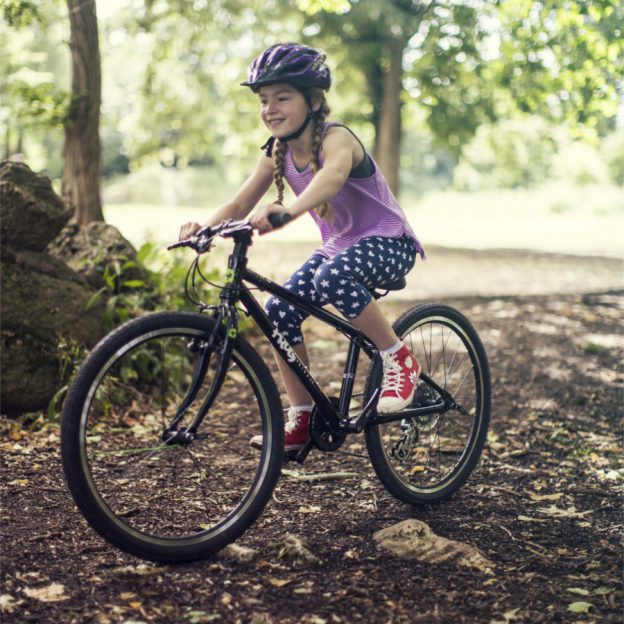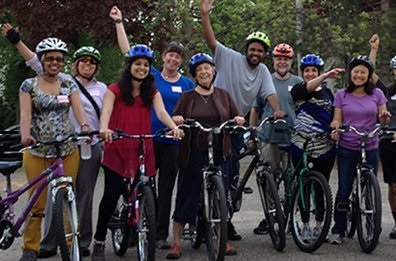Tag: Riding a bike
-

The Frog 62 shows off a new approach in kid’s bike design
It almost feels like Christmas here at HaveFunBiking.com. Why such a great day?…..Because we have a new bike to review! The Frog 62 is special because, for the first time this writer won’t be the one reviewing it – more about that in a bit.
-

Riding a Bike, You Are Never Too Old in Minneapolis
If you’re a grown adult and have never learned how to ride a bike, where do you even start? If live in or around Minneapolis you will find that you are never to old too ride – says SPOKES student-turned-bike advocate’s Hayat Ahmed and Maria Padilla.
